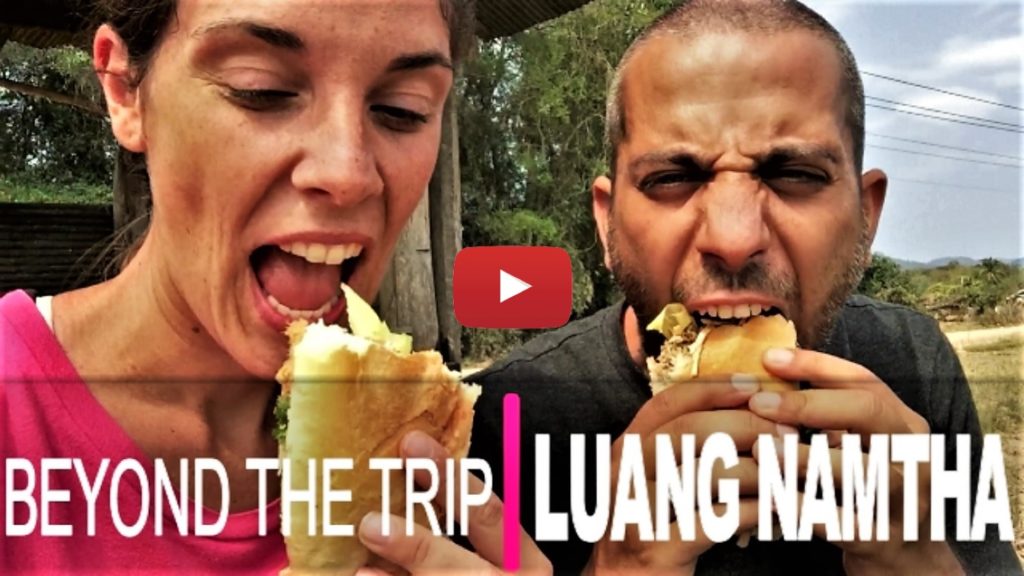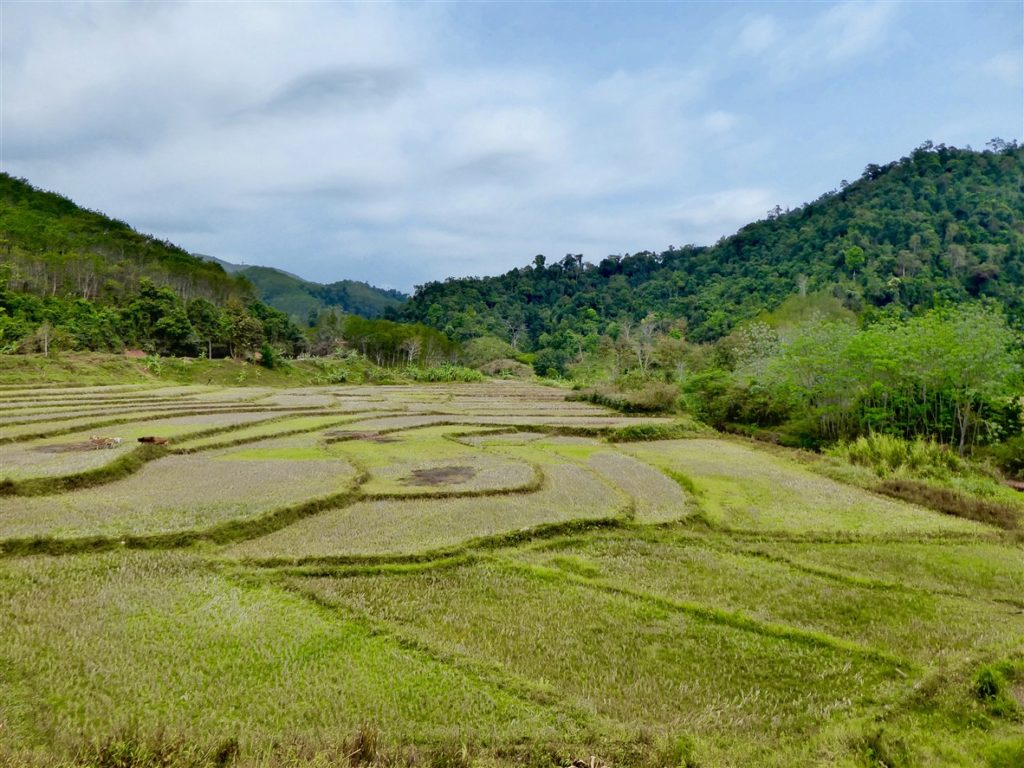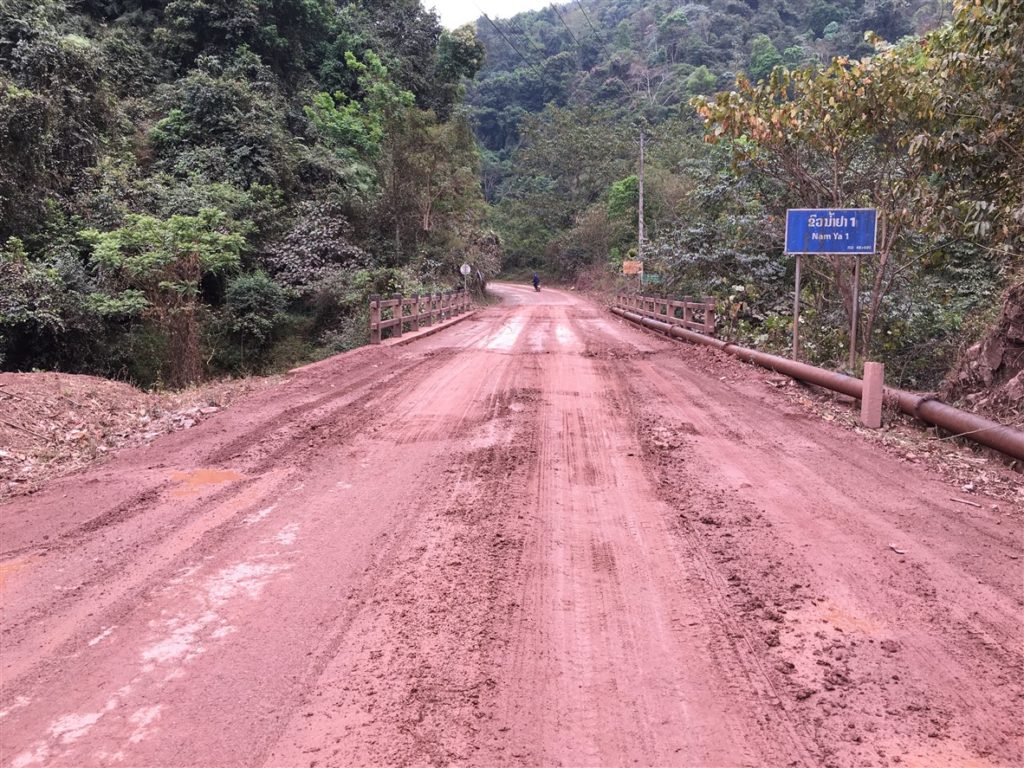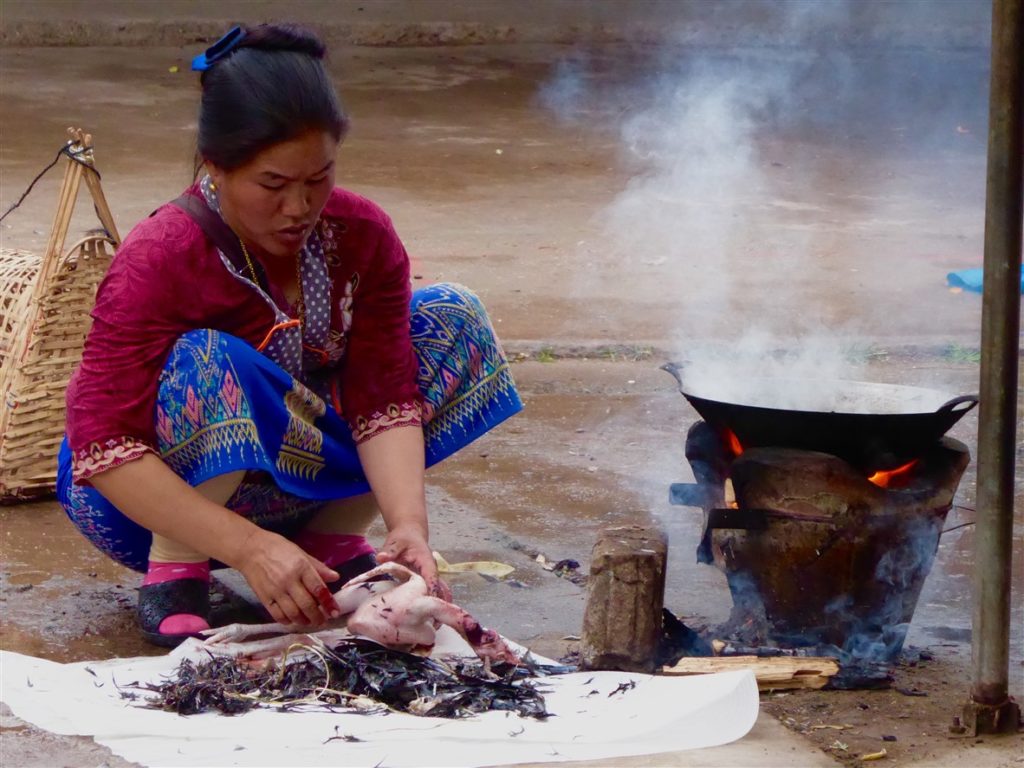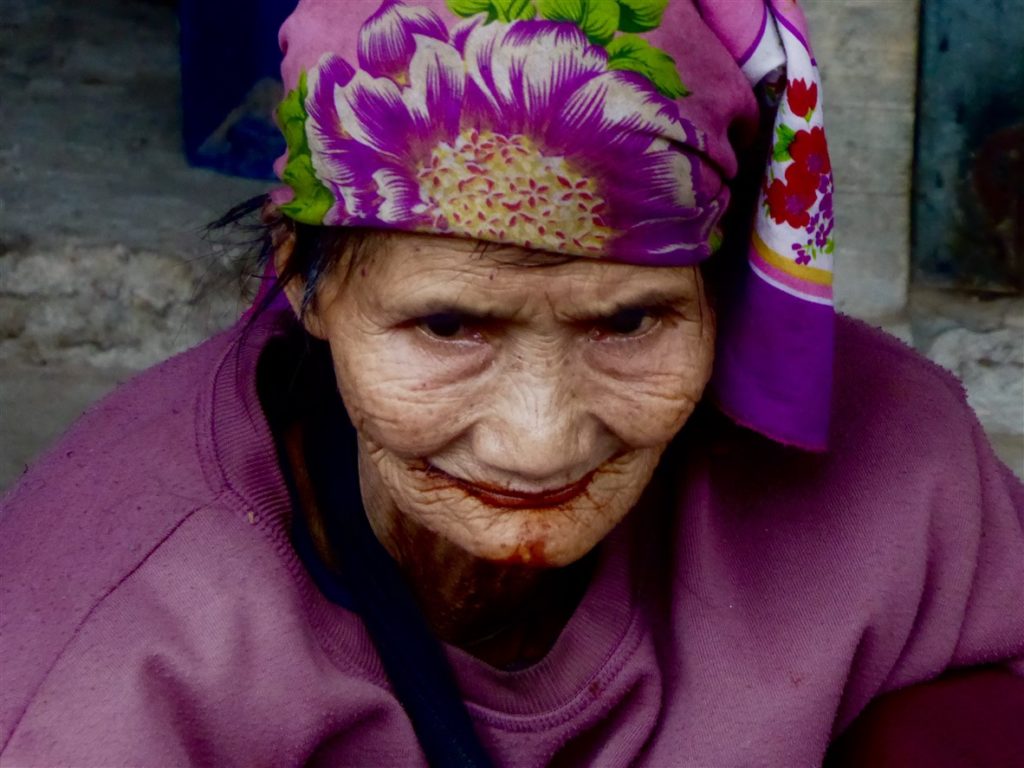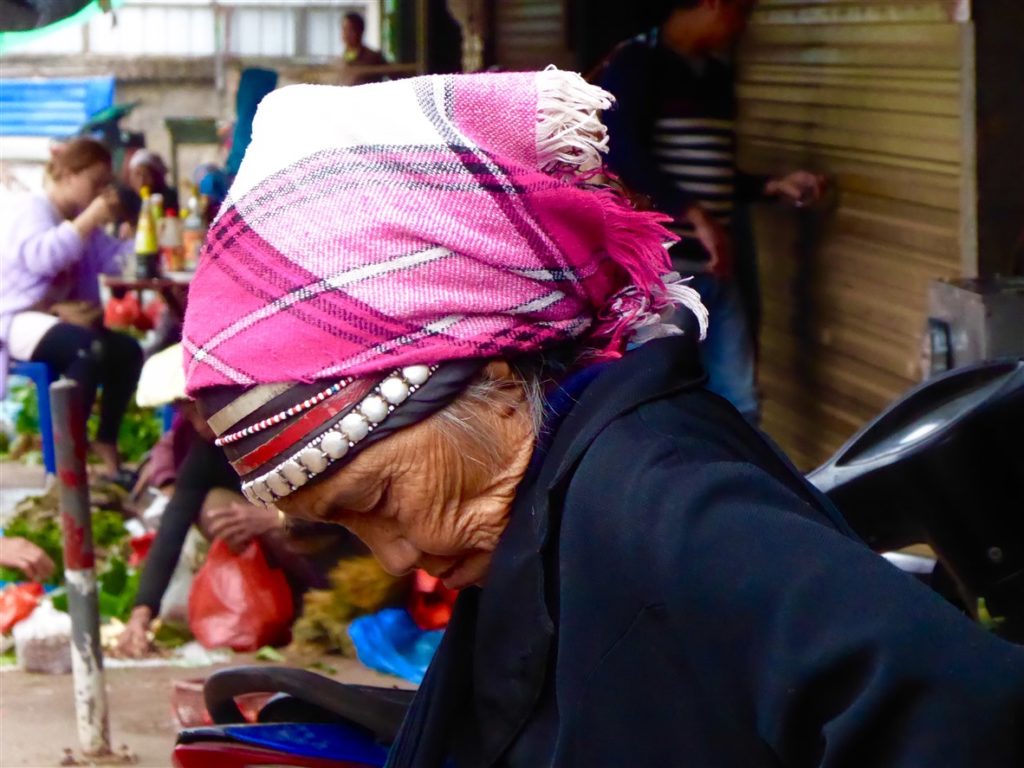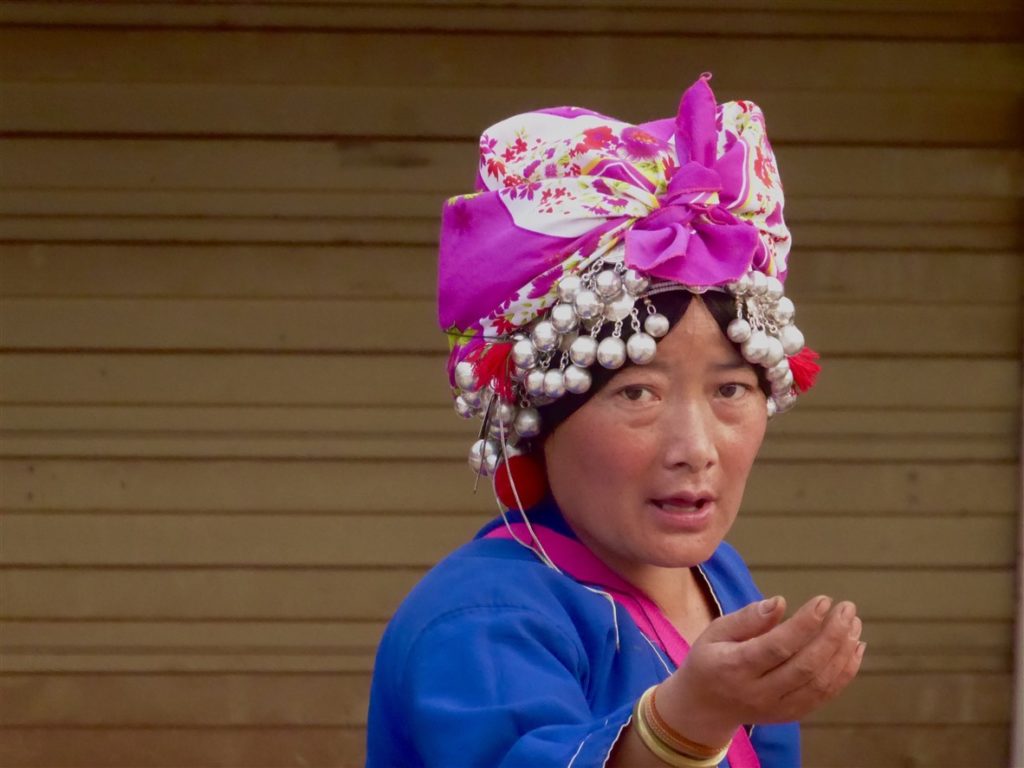 What to see in Laos? What to see in Muang Sing in the north west of Laos?
What to see in Laos? What to see in Muang Sing in the north west of Laos?
Muang sing is a small town located 60 kilometers north of Luang Namtha.
The village itself does not have much to offer, except a dusty road where trucks pass and a huge market.
Then why go to Muang Sing? The main reason is that this town can be used as a perfect base to explore local tribes and the stunning scenery made of green paddies and hills.
What to see and do in Muang Sing: how to get there
The best way to reach Muang Sing is to travel with a bike the road that starts from Luang Namtha.
The scenario is really great. It goes through hills, forests, rice fields. The road is paved and not, so it can be a little complicated to travel in the rainy season. Here and there along the path, there are waterfalls and small lakes.
The alternative for those who don’t want to use their own bike is to take a bus from Luang Namtha. These are minibuses that only leave when full and the cost is 25.000 kip for three hours journey. The bus station in Muang Sing is located in the north of the town, opposite to the morning market.
Once you arrive in town, you will be able to rent a mountain bike to explore the surrounding area.
What to see and do in Muang Sing: Morning Market (mercato)
The morning market takes place every morning in the area north of Muang Sing (Here the map).
Compared to the size of the town, it is a very large and busy market. This is because the inhabitants of the tribes scattered in the area gather here every day to sell and buy products.
The market is therefore the ideal place to meet the people of the different ethnic groups in the area around Muang Sing, especially early in the morning. With their special headgear and colorful clothes, they give life to this market that continues throughout the day.
On sale between the various benches you can find the most disparate products: fruit, vegetables, herbs, sweet jellies and pancakes, meat, fish but also special animals such as frogs, squirrels, and various birds.
What to see and do in Muang Sing: local tribes
One of best thing of Muang Sing is that you just need a map to explore authonomosly the area.
Before venturing into an independent trekking, it is right to remember a couple of aspects.
First, it is recommended to have suitable clothing (no shorts for women, or being without shirt for men).
Secondly, in order to reach villages, dirt roads are often in poor condition (especially during the rainy season).
For those who are not experienced, it is difficult to understand the difference between the various tribes.
Here are some small features to recognize them.
Thai Leu
They practice Theravada Buddhism for this reason in every village there is a temple. They live in wooden huts raised from the ground. You can meet them in the north west of Muang Sing.
Yao o Mien
You can meet them along the road leading to the border with China (open border only for Laotian and Chinese not for foreigners). In the villages of Ban Nammay and Saileik it is easy to see women at work at the chassis.
Tai Dam
Easy to recognized because women wear a headgear held by a flashy brooch with coins. You can meet them at the village of Ban Nongbua, on the road connecting Muang Sing with Luang Namtha.
Akha
They are the most popular ethnicity and represent 50 % of the population living in Muang Sing. They are the easiest tribe to meet at the morning market and also the most recognizable, thanks to the women wearing headdress covered in silver coins. This particular hat can never be removed, so often women cover it with a scarf, especially to sleep or do particular jobs.
The Akha Villages are characterized by a sort of arch that defines the entrance and exit from the village, a kind of door to leave evil spirits out. Foreigners can cross this arch but don’t touch it.
What to see and do in Muang Sing: join a trekking
For more information about the different tribes and particular aspects of their lives, a great way is to participate in a trekking with guide organized by the tourism office of Muang Sing. The office is open only from Monday to Friday, so in the weekend the only way to do trekking is to go autonomy.


